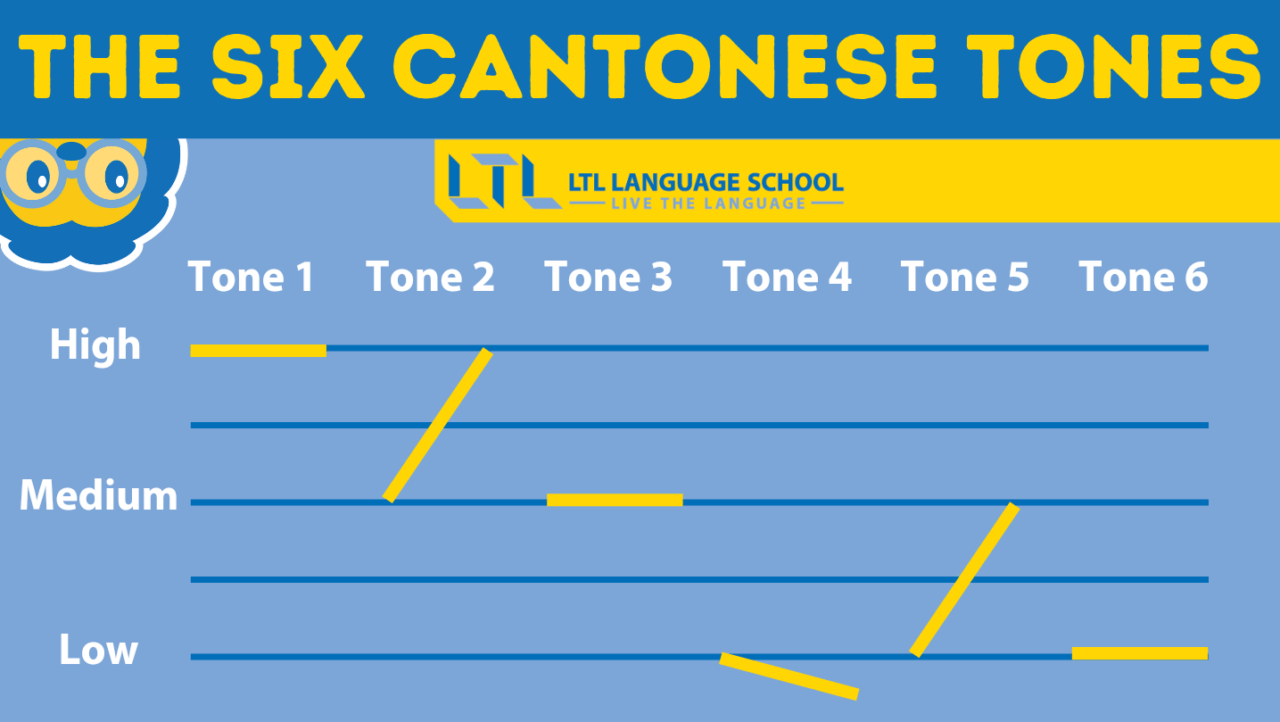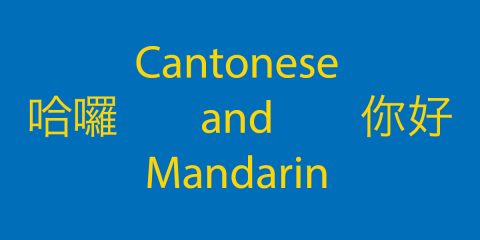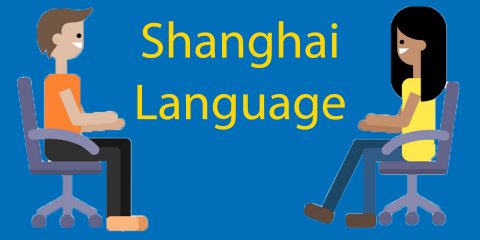6 Cantonese Tones || Learn and Speak Cantonese like a Native!
Cracking the Tone Code: How to Master the 6 Tones in Cantonese

Cantonese is widely recognised as one of the most difficult languages to learn in the world.
One of the distinctive features of Cantonese is its use of six tones to distinguish the meanings of words.
Essentially, using a different tone (for example, raising your pitch like you’re asking a question) can completely change the meaning of the word. And yes- every word has a tone.
Using the wrong tone may result in some confusion and laughs but don’t worry, this article is dedicated to helping you learn the 6 tones of Cantonese!
Now, let’s get to work…
6 Tones of Cantonese || 1. 尖 ˥ (High Pitch Tone)
6 Tones of Cantonese || 2. 陡 ˧˥ (Low-Mid to High Pitch Tone)
6 Tones of Cantonese || 3. 亢 ˧ (Mid Pitch Tone)
6 Tones of Cantonese || 4. 沉 ˩ (Low-Mid to Low Pitch Tone)
6 Tones of Cantonese || 5. 仰 ˩˧ (Low to Low-Mid Pitch Tone)
6 Tones of Cantonese || 6. 下 ˨ (Low-Mid Pitch Tone)
6 Tones of Cantonese || FAQs
Cantonese Tones: /1/ 尖 (High Pitch Tone)
Keyword: IPA. This refers to how Cantonese is transcribed in the International Phonetic Alphabet.
For Tone /1/, its IPA is ˥. The pitch of tone /1/ is high and flat, almost like how you would sing ‘la la la’ in a high, even voice.
For Mandarin learners, you have a handy shortcut. The tone /1/ pitch is similar to the 1 st tone of Putonghua.
| Example Word | Cantonese Pronunciation | English Meaning |
|---|---|---|
| 詩 | si1 | poem |
| 他 | taa1 | he |
See how to remember the tones in Cantonese with this video!
Cantonese Tones: /2/ 陡 (Low-Mid to High Pitch Tone)
For Tone /2/, its IPA is ˧˥. The pitch of tone /2/ is in mid-level and rises high.
The word in tone /2/ should be pronounced in rising tone, it will sound like the questioning in English.
The tone /2/ pitch is just as same as to the 2nd tone of Putonghua.
| Example Word | Cantonese Pronunciation | English Meaning |
|---|---|---|
| 史 | si2 | history |
| 普 | pou2 | general; universal |
Watch this video 👇 to hear the actual pitch of tone /2/ !
Cantonese Tones: /3/ 亢 (Mid Pitch Tone)
For Tone /3/, its IPA is ˧. The pitch of tone /3/ is in mid-level.
The word in tone /3/ should be pronounced in middle tone, it will sound like the tone of “con” in the word “conditioning”.
It is a tone which relatively easy to pronounce and understand, but don’t forget to practice more!
| Example Word | Cantonese Pronunciation | English Meaning |
|---|---|---|
| 試 | si3 | try |
| 菜 | coi3 | food; dish |
Take a look at the image below to get an idea of how the six Cantonese tones relate to each other:

Cantonese Tones: /4/ 沉 (Low-Mid to Low Pitch Tone)
For Tone /4/, its IPA is ˩. The pitch of tone /4/ is the lowest tone when compared to the other 5.
When you are pronouncing the word in tone /4/, you can feel a slight vibration at the base of your throat! The feeling is like the tone of “tion” in the word “nation”.
The idea of tone /4/ can be a little tricky, so we’d recommend watching the video below to really get the hang of it.
| Example Word | Cantonese Pronunciation | English Meaning |
|---|---|---|
| 時 | si4 | time |
| 平 | ping4 | level; even |
Watch the video and listen to the tones!
Cantonese Tones: /5/ 仰 (Low to Low-Mid Pitch Tone)
For Tone /5/, its IPA is ˩˧.
The pitch of tone /5/ is a rising tone, it’s different to the rising tone /2/, as tone /5/ is rising from low to middle pitch. So don’t mix them up!
Using correct tone to pronounce the words can help you sound more like a native speaker!
| Example Word | Cantonese Pronunciation | English Meaning |
|---|---|---|
| 市 | si5 | city |
| 有 | jau5 | to have |
👉 Practice makes perfect! Try to follow this video and practice the tone!
Cantonese Tones: /6/ 下 (Low-Mid Pitch Tone)
You’re almost done! Now let’s learn the last tone…
For Tone /6/, its IPA is ˨. The pitch of tone /6/ is in a steady mid-low tone.
It is similar to the tone /4/. To distingush from these two tones, bear in mind that tone /6/ will not have the slight vibration like tone /4/.
| Example Word | Cantonese Pronunciation | English Meaning |
|---|---|---|
| 事 | si6 | thing; matter |
| 大 | daai6 | big |
As you can see in the examples, words that share the same Jyutping (Cantonese’s phonics) but have different tones, will have a different meaning!
Tones truly are important to help you express the correct meaning of words. Let’s have a wrap up on the Cantonese tones with this video:
Leave a comment below to tell us your experience of learning Cantonese tones! 🤩
Cantonese Tones || FAQs
What exactly is a tone?
A tone is a form of pitch contour (e.g. keeping your pitch high or low, or increasing your pitch from low to high like a question).
In tonal languages such as Cantonese and Mandarin, each word has an associated tone and changing the tone can change the meaning.
How many tones are there in Cantonese?
Whilst there is actually some debate as to whether there are six or nine tones in Cantonese, it is now generally accepted that there are six tones in Cantonese.
How important are tones in Cantonese?
The short answer: very!
Different tones can completely change the meaning of a word, so if your sentences are less than pitch perfect, you may have some difficulties interacting with natives. Mastering these tones is crucial for accurate pronunciation and comprehension.
I find it challenging to differentiate between similar Cantonese tones. What can I do to improve my perception?
Developing your perception of the Cantonese tones takes time and exposure.
Active listening exercises, such as identifying tone patterns in sentences or dialogues, can train your ear to distinguish subtle pitch variations. Consistent practice and exposure to authentic Cantonese audio materials will gradually enhance your perception skills.
Where can I practice Cantonese tones with a native speaker?
On LTL’s Flexi Classes platform, you can learn Cantonese with fully qualified, native-speaker teachers anytime, anywhere!
Want more from LTL?
Want to learn Chinese from the comfort of your own home? Then our 24/7 online Chinese lessons might be the thing for you.
We offer a 7 day free trial to all new online students where you can study Mandarin 24/7.
Come and check it out free of charge and see what you think!
If you wish to hear more from LTL Language School why not join our mailing list?

















 Hi, my name is Manuel! I am from Spain and I am a Student Advisor at LTL and I’m based at our Taipei school.
Hi, my name is Manuel! I am from Spain and I am a Student Advisor at LTL and I’m based at our Taipei school. Hi, my name is Mojca! I am from Slovenia in Europe and I work as a student advisor at our Shanghai school.
Hi, my name is Mojca! I am from Slovenia in Europe and I work as a student advisor at our Shanghai school.

